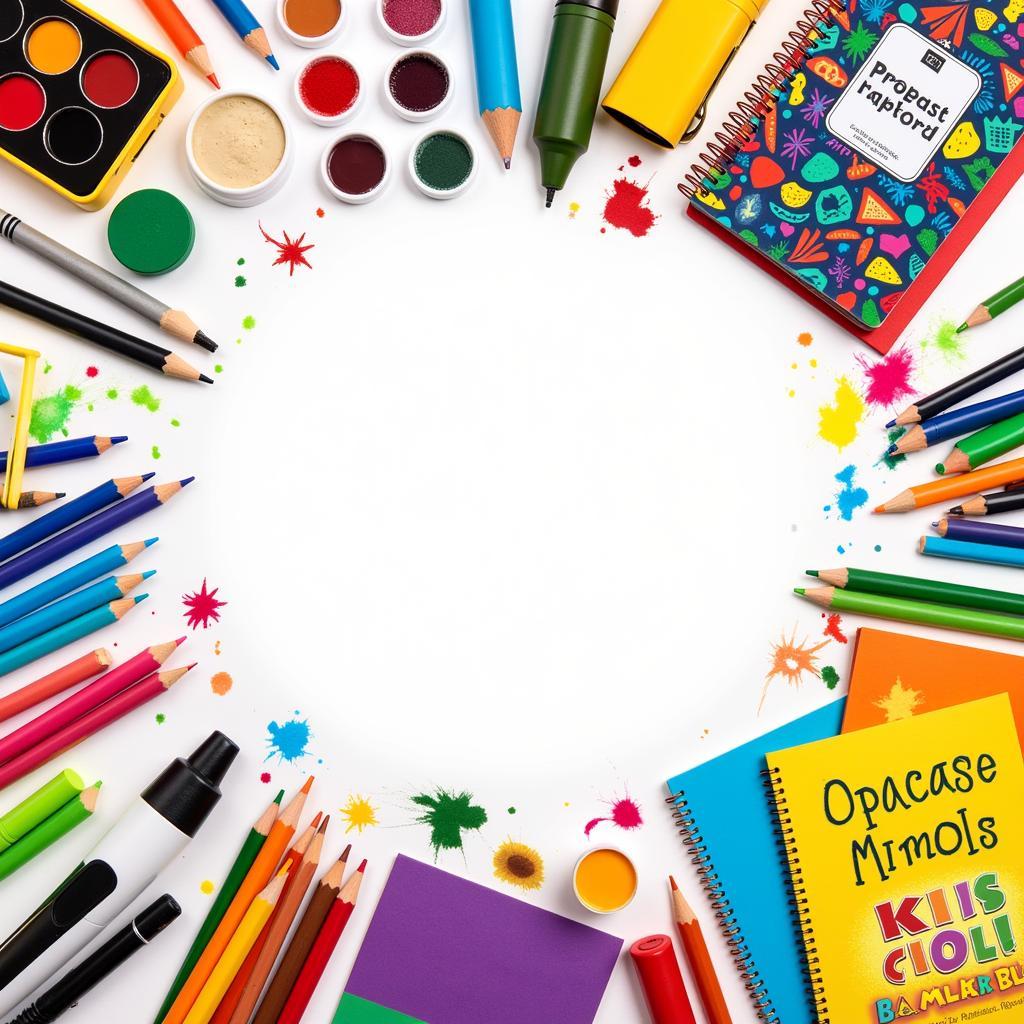Unleashing Creativity: Exploring Middle School Language Arts
Middle School Language Arts is a pivotal time for young learners to develop crucial communication and critical thinking skills. This period marks a transition from basic literacy to more complex analysis and creative expression. It’s a time when students begin to grapple with nuanced texts, explore different writing styles, and discover the power of their own voices. Just after elementary school, this is where students start building a strong foundation. See how you can help your students unlock their potential and ignite a passion for language arts.
Interactive journals are great tools for students at this level. Want to know more about how to use them? Check out these interactive journals language arts.
Engaging Middle Schoolers in the World of Words
Middle school language arts encompasses a broad range of topics, including reading comprehension, writing, grammar, vocabulary, and speaking/listening skills. Effective instruction in these areas equips students with the tools they need to succeed not only academically, but also in their personal and professional lives. By fostering a love of reading and writing, educators can empower students to become lifelong learners and effective communicators. For those homeschooling, finding the right resources is crucial. Explore some of the best homeschool language arts curriculum options available.
Reading Comprehension: Beyond the Surface
Reading comprehension at the middle school level goes beyond simply understanding the words on the page. It involves analyzing texts, identifying themes, making inferences, and evaluating the author’s purpose. Students learn to engage with a variety of genres, from fiction and non-fiction to poetry and drama. This exposure to diverse texts broadens their perspectives, enhances their critical thinking skills, and fosters a deeper appreciation for the power of language.
Writing: Finding Your Voice
Middle school is a crucial time for students to develop their writing skills. They learn to craft compelling narratives, persuasive essays, and informative research papers. Through writing, students learn to organize their thoughts, express their ideas effectively, and develop their own unique voice. They also explore different writing styles and learn the importance of revision and editing in the writing process.
Grammar and Vocabulary: Building Blocks of Language
While grammar and vocabulary might not always be the most exciting topics, they are essential building blocks for effective communication. Middle school language arts curriculum focuses on solidifying students’ understanding of grammar rules and expanding their vocabulary. This foundation enables them to communicate clearly and precisely, both in writing and speaking. A strong grasp of grammar and vocabulary is also crucial for comprehending complex texts and expressing nuanced ideas.
What is the role of creative writing in middle school language arts?
Creative writing plays a significant role in developing imagination, critical thinking, and self-expression. It provides students with an outlet to explore their creativity and develop their own unique writing style.
How can I support my middle schooler’s language arts development at home?
Encouraging reading for pleasure, engaging in conversations about books, and providing opportunities for writing are all great ways to support language arts development at home. Looking for some creative inspiration for the winter months? Check out these winter art ideas for teachers. They can be adapted for at-home learning too!
What are some common challenges middle schoolers face in language arts?
Some common challenges include struggling with reading comprehension, difficulty organizing writing, and a lack of confidence in their writing abilities.
Conclusion: Empowering the Next Generation of Communicators
Middle school language arts plays a vital role in shaping young minds and preparing them for the future. By fostering a love of language and providing students with the necessary tools and skills, educators can empower them to become effective communicators, critical thinkers, and lifelong learners. This stage in their education sets the stage for future academic and personal success, equipping them with the confidence to navigate the complexities of the world around them. Middle school language arts is not just about learning to read and write; it’s about discovering the power of language to connect, inspire, and transform.
FAQ
- What is the typical scope of a middle school language arts curriculum?
- How are reading and writing skills integrated in middle school language arts?
- What are some effective strategies for teaching grammar and vocabulary at this level?
- How can technology be incorporated into middle school language arts instruction?
- What are some resources available for parents to support their child’s language arts learning at home?
- How can teachers differentiate instruction to meet the diverse needs of middle school language arts learners?
- What are some assessment methods used to evaluate student progress in language arts?
Need more help? Contact us! Phone: 02462573573, Email: danteum@gmail.com or visit us at Savico Megamall, 7-9 Đ. Nguyễn Văn Linh, Gia Thụy, Long Biên, Hà Nội 10000, Việt Nam. We have a 24/7 customer support team.



